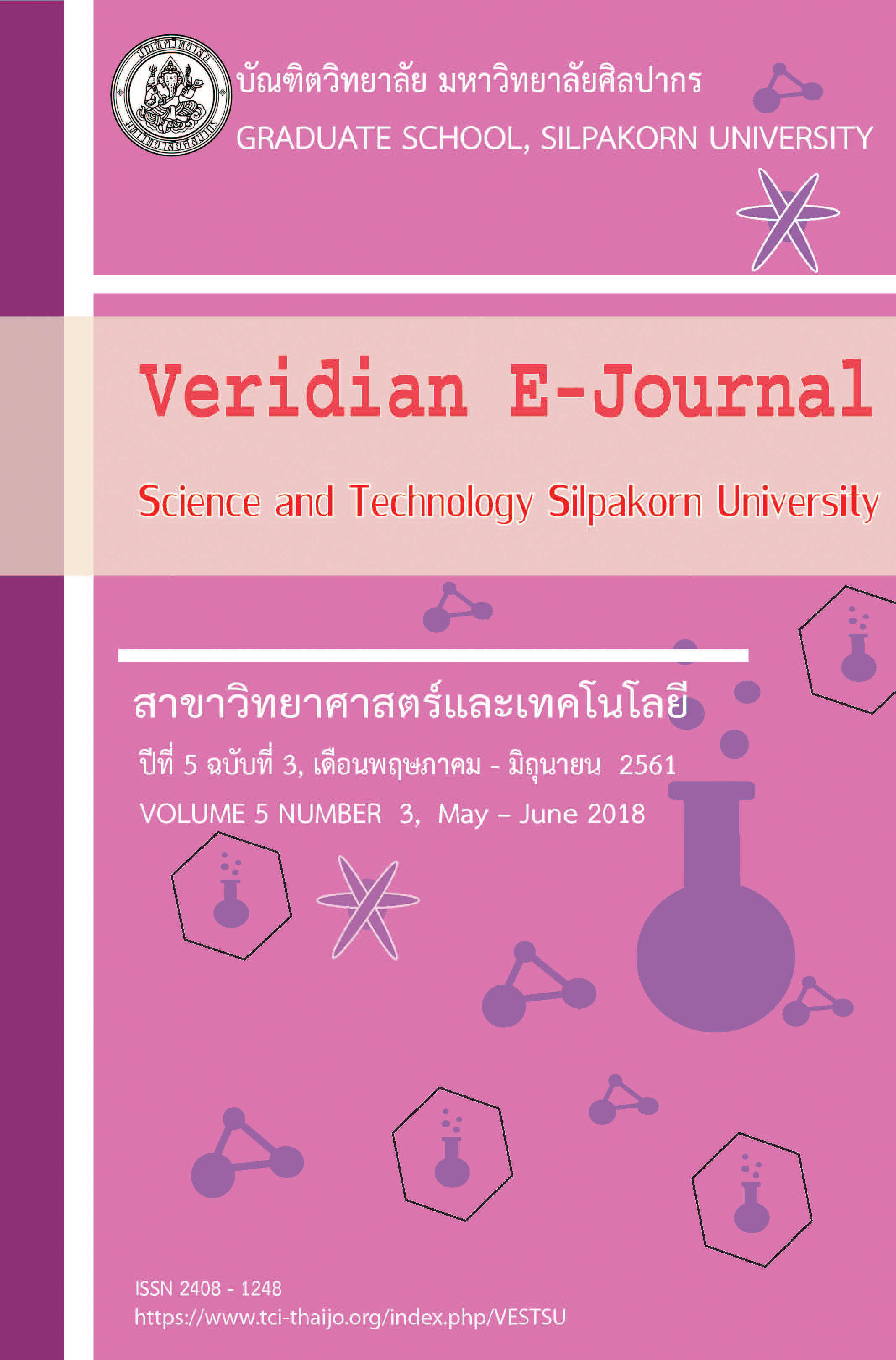การตรวจเก็บรอยลายนิ้วมือแฝงบนกระดาษ Thermal โดยใช้วิธีให้ความร้อน (Detection of latent fingerprints on thermal paper using the method of heat application)
Main Article Content
บทคัดย่อ
กระดาษ Thermal ใช้กันอยู่ทั่วไปในการพิมพ์ใบเสร็จรับเงินและในเครื่องแฟกซ์ ในการศึกษานี้ผู้วิจัยศึกษาประสิทธิผลของวิธีการใช้ความร้อนในการตรวจเก็บรอยลายนิ้วมือแฝงบนกระดาษ Thermal ด้วยการใช้แท่นให้ ความร้อนที่มีอยู่ในห้องปฏิบัติการ ตัวอย่างที่ใช้ในการศึกษาคือใบเสร็จจากร้านค้า สลิปจากตู้ ATM ใบเสร็จบัตรเครดิต และกระดาษแฟกซ์ จากการทดลองพบว่าการใช้ความร้อนทำให้รอยลายนิ้วมือที่ปรากฏเป็นรอยนิ้วมือสีอ่อนบนพื้นหลังสีคล้ำหรือเป็นรอยนิ้วมือสีคล้ำบนพื้นหลังสีอ่อน รอยลายนิ้วมือที่ปรากฏบนกระดาษแฟกซ์ สลิปจากตู้ ATM และใบเสร็จบัตรเครดิต รวมทั้งตัวอย่างของรอยนิ้วมือบนกระดาษ Thermal เหล่านี้ที่มีอายุ 30 วัน ต่างมีคุณภาพในระดับปานกลางหรือดี นอกจากนี้จากการประเมินโดยผู้ตรวจรอยนิ้วมือ รอยลายนิ้วมือในตัวอย่างเหล่านี้มีคุณภาพดีพอสำหรับการตรวจพิสูจน์ตัวบุคคล อย่างไรก็ตามรอยลายนิ้วมือที่ปรากฏบนใบเสร็จจากร้านค้าที่มีอายุ 30 วัน มีคุณภาพต่ำและไม่ดีพอที่จะใช้ในการเปรียบเทียบรอยลายนิ้วมือ หลังจากช่วงเวลาหนึ่ง รอยลายนิ้วมือที่ปรากฏจะเลือนไป เมื่อให้ความร้อนซ้ำอีกครั้งกับตัวอย่างเหล่านี้ที่เก็บไว้เป็นเวลา 30 วัน รอยลายนิ้วมือปรากฏขึ้นมาใหม่ด้วยคุณภาพที่ใกล้เคียงกับรอยลายนิ้วมือที่ปรากฏเมื่อครั้งแรก ผลจากการศึกษานี้แสดงให้เห็นความสามารถของวิธีการให้ความร้อนในการตรวจเก็บรอยลายนิ้วมือแฝงบนกระดาษ Thermal นานาชนิด วิธีการใช้ความร้อนนี้เป็นวิธีที่ง่าย สะดวก และปราศจากการใช้สารเคมี
Thermal paper is commonly used in printing of receipts and in facsimile machines. This study examined the effectiveness of heat application in the detection of latent fingerprints on thermal paper by using a typical laboratory hot plate. Samples studied were shop receipts, ATM slips, credit card receipts and facsimile paper. It was found that the method of heat application generated developed prints as dark fingerprints on a light background or light fingerprints on a dark background. The method produced the developed prints that can be graded as moderate or good quality on facsimile paper, ATM slips and credit card receipts, including the aged fingerprints deposited for 30 days on those samples of thermal paper. Moreover, the developed fingerprints were suitable for individual identification as evaluated by fingerprint examiners. However, the quality of the developed prints on shop receipts having 30 days of age was poor and it was inadequate for fingerprint comparison. After a certain period of time, the developed fingerprints turned into faint prints. When the heat application was repeated on these samples after keeping for 30 days, the fingerprints reappeared with the quality comparable to that of the initially developed fingerprints. The findings of this study have demonstrated the capability of the heat application to detect latent fingerprints on various types of thermal paper. In addition, it is a simple, convenient and chemical-free method.

